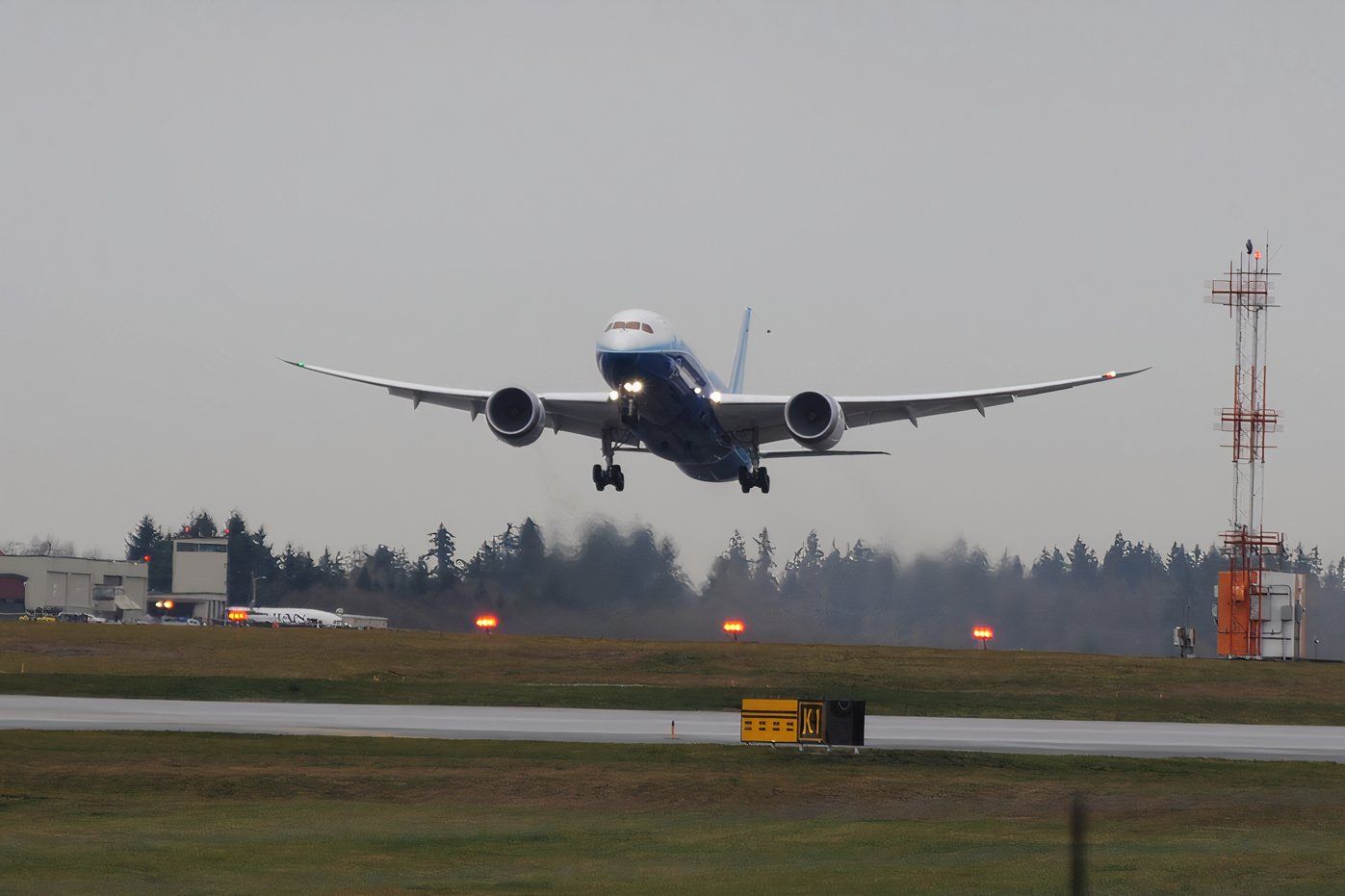Summary Modern planes create longer-lasting contrails, potentially causing more global warming than previously thought. Soot particles at high altitudes freeze, seeding ice particles that extend contrail life and warming effects. Increased research can help airlines reduce contrail pollution, possibly by developing specific flight routes.
Whether an aviation geek or not, most people have seen contrails high in the sky. These vapor or ice clouds, also known as condensation trails, are created by the exhaust from an aircraft’s engine as it soars 30,000 to 40,000 feet above the ground. As contrails paint the sky every day from planes traveling from A to B, researchers have noticed a difference in the longevity of the exhaust trails and how it relates to global warming.

It comes as the International Air Transport Association (IATA) called for increased research on contrails earlier this year. More than previously thought According to New Scientist , studies have shown that modern commercial aircraft and private jets that can fly at high altitudes develop longer-lasting contrails, which are likely to cause more global warming . These new planes, such as the Boeing 787 Dreamliner and Airbus A350 , are known for their increased fuel efficiency compared to aircraft of the previous generation.
However, as they can reach cruising altitudes of up to 41,000 feet on long-haul flights, research shows that these planes could be linked to global warming more than previously thought. Jet engines emit soot, a type of air pollution consisting of tiny particles in solid, liquid, or gaseous form. Due to reduced pressure at such high altitudes, the air temperature is extremely cold, causing the particles to freeze.
According to Britannica , between 30,000 and 40,000 feet, temperatures range from -40 to -70 degrees Fahrenheit. In some conditions, soot can seed the formation of ice particles in the wake of aircraft, which create contrails that have an overall warming effect, according to New Scientist. The life of a contrail Studying how long a contrail lasts can be challenging, however.
Dr. Edward Gryspeerdt is a Royal Society University Research Fellow at The Grantham Institute for Climate Change at Imperial College London. To examine the life of contrails in more detail, Gryspeerdt’s team used flight data satellite observations to match the trails to specific aircraft.
After analyzing around 64,000 flights, findings revealed that private jets and modern aircraft with a typical cruising altitude of 38,000 feet likely generate contrails that last longer. Nonetheless, Gryspeerdt says not all soot particles from an aircraft turn into ice. Instead, the researcher’s team believes that more soot particles seed ice crystals when an aircraft flies higher in the atmosphere.
However, the overall number of ice particles is less. It then takes longer for the smaller ice particles to fall out of the sky. This occurs especially near regions where the air is warmer, prompting the particles to melt into water vapor.
It ultimately prolongs the life of a contrail, causing increased warming. ..
.for the climate, that is. BALPA is concerned the UK's upcoming Jet Zero Strategy is not taking the non-CO2 effects of aviation seriously enough.
Based on the research, Gryspeerdt’s team can not exactly determine how much warming the longer-lasting contrails cause. Additionally, it is unclear if the warming caused by contrails is more or less than proven warming that has been avoided by modern planes, which use less fuel. The dangers of contrail cirrus Natural cirrus clouds are formed in areas known as ice-supersaturated regions (ISSRs).
This occurs in the tropopause region of the atmosphere, which varies at high altitudes. According to a journal article analyzing contrail climate effects from 2016 to 2021, aircraft contrails produced in ISSRs “may persist and spread over several hours and evolve into contrail cirrus.” The Commission's new non-CO2 emissions tracking scheme includes only five of the 100 most polluting routes.
The journal, which Gryspeerdt contributed to, further explained that contrail cirrus can cover the atmosphere, especially in regions with increased air traffic. “The annual mean contrail cirrus cover can be up to 10 % of the sky area in high-air-traffic regions such as Europe and the US east coast. [.
..] An evaluation of global aviation activity in 2018 estimated that contrail cirrus is the largest contributor to annual mean RF [anthropogenic radiative forcing] due to aviation.
” As the industry is moving toward being net-zero by 2050, more research could help airlines find ways to reduce or eradicate contrail pollution. Additionally, atmospheric data could persuade carriers to work on developing specific routes to potentially minimize contrails. “If we could predict the contrail-forming regions of the atmosphere well enough, you could route aircraft around them, which would reduce this effect,” Gryspeerdt said.
.



















